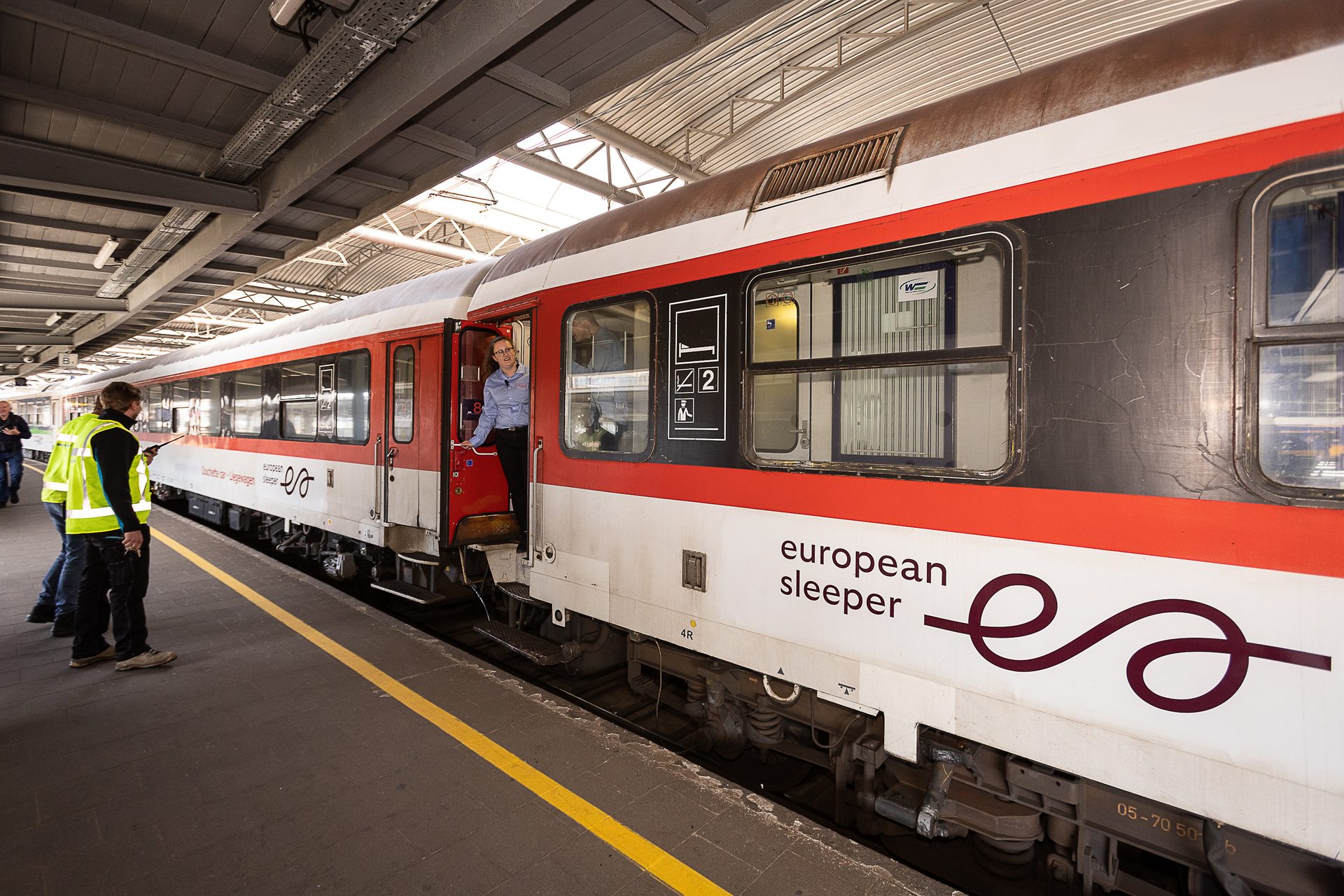The allure of inter-continental travel speaks to all ages and is built into the EU psyche.
Whilst nation states enjoy the Union’s macro-benefits, whether economic via the Single Market or diplomatic via the institutions, individual citizens are granted unimpeded movement inside the Schengen Area. This freedom is all the more tantalising to anyone who has come to associate movement between countries with paperwork and security checks.
The recent memory of the pandemic and its patchwork of travel restrictions highlights the value of friction-free journeys. In the Western world, going abroad generally means boarding a plane and following the concomitant procedures. Few look forward to the voyage itself, propelled instead by the promise of comfort upon arrival.
On this front, a sleeper train shakes up the typical conception of travel, transporting passengers whilst explicitly not intervening with their circadian rhythm. It’s a refreshing change to long-distance journeys where one must either compromise on sleep or dedicate a day to the demands of an aeroplane or long-haul drive.
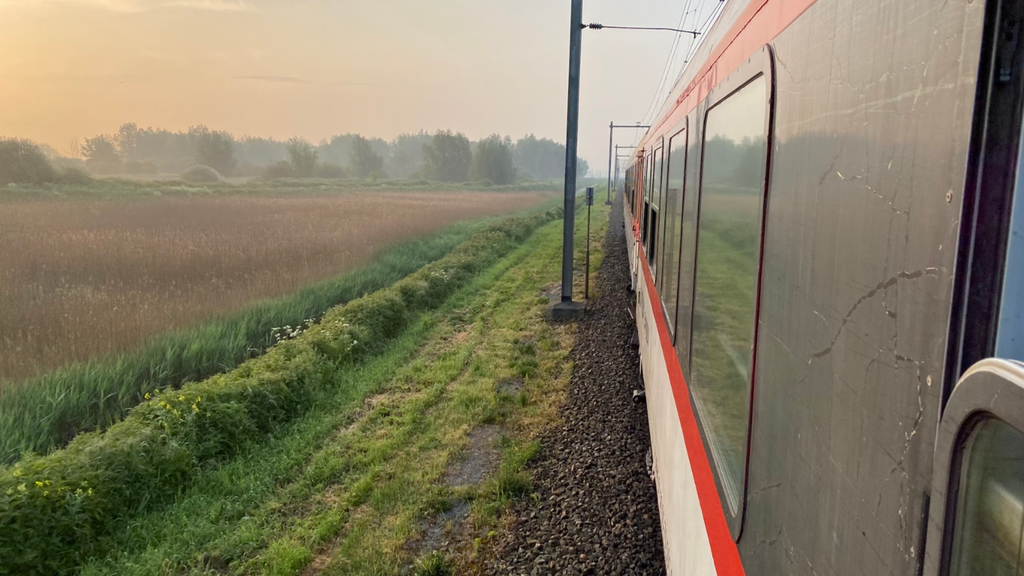
Not the fastest transport mode, the night train instead puts the focus on enjoying the ride. Credit: European Sleeper
Furthermore, the environmental imperatives have been amplified as forests burn and respected institutions warn of impending climate breakdown. To stay within the limits set out in the 2015 Paris Agreement individuals would need to produce no more than two tonnes of CO2 emissions per year – the equivalent of a return flight from Brussels to New York. To go on living as we do, notable climatologists calculate a maximum allowance of four long-distance flights per global citizen. In their entire life.
In light of the ever more alarming calls to live within the planet’s limits, the proposition of a night train becomes rather compelling. Indeed, this new connection between Brussels and Berlin has been the focus of media attention – not only as a hassle-free and climate-responsible transport mode but also for the sheer novelty: the concept is at once the stuff of Victorian adventure and futuristic.
Just as rail provided a gateway to Europe in decades past, operators are again looking to trains as the vehicle to transform how we move. But with airlines still offering eminently affordable deals and other regions served by some of the world’s best motorways, can the same old engine of industrialism usher in a new era of travel? The Brussels–Berlin route makes for an intriguing testing ground.
The test run: expectation and reality
My way from Europe’s bureaucratic hub to the continent’s capital of cool was an eight-hour burn down the autobahn – about as long as you’d want to spend in the confines of a car and worth at least €60 in fuel. Bus takes a solid 10 hours.
After my four-day dalliance with the cutting edge of counter-kultur I was keen not to be brought back to Brussels normality with the memories tinged by a cramped return journey. Cue the “Good Night Train” – opened in May this year and just the ticket for those wishing to close their eyes in one metropolis and wake in another.
In a head to head race, this latest inter-city link is the slowest of the bunch: no match for an aeroplane, outpaced by the day trains, and even falling behind the most sluggish of slowcoaches. But the chance of a solid night’s sleep trumps a few hours’ additional journey time.
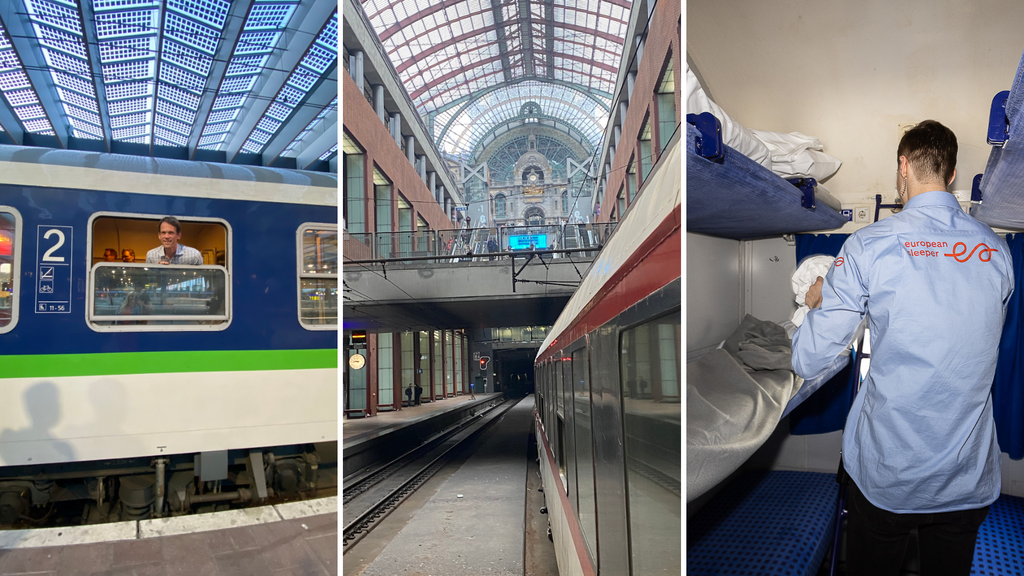
L-R: Founder Chris Engelsman aboard the first train; stopping in Antwerp; the three-berth couchette. Credit: European Sleeper
In my mind, this makes the European Sleeper’s cheapest option – non-reclining seats from €49 – a poor choice (unless the carriage happened to be empty enough to spread out a proper mattress). But the mid-range couchette (from €79) and top-tier sleeper (from €119) truly offer something you won’t find with competitors.
Comfort and compromise
Plumping for the couchette (€109 booked three weeks in advance), I shared the cabin with five others, our common sense of exhilaration immediately leading to polite introductions and practical arrangements – namely, who sleeps where. Unfolding the middle bunk effectively means that it's time for the entire cabin to bed in. If possible, I would strongly recommend taking the top or bottom bunk as these are fixed in place and comparatively flat.
I say this having managed to secure the middle berth, which at first sight seemed the best of the lot. I soon discovered it is compromised by the unyielding protrusions of the headrests. As a result, my dreams of a snug night gently rocked to sleep ended with an uneasy semi-doze, wide awake at numerous intervals when we were held up by maintenance work.
When I do it again (and I will), the top bunk will be my first choice with the most headroom and possibility to remain in the horizontal position even if those below wish to sit up. In fact, for anyone taller than 182cm (6 feet), I would angle for the top bunk, which in the six-person cabins had the best chance of spreading out.
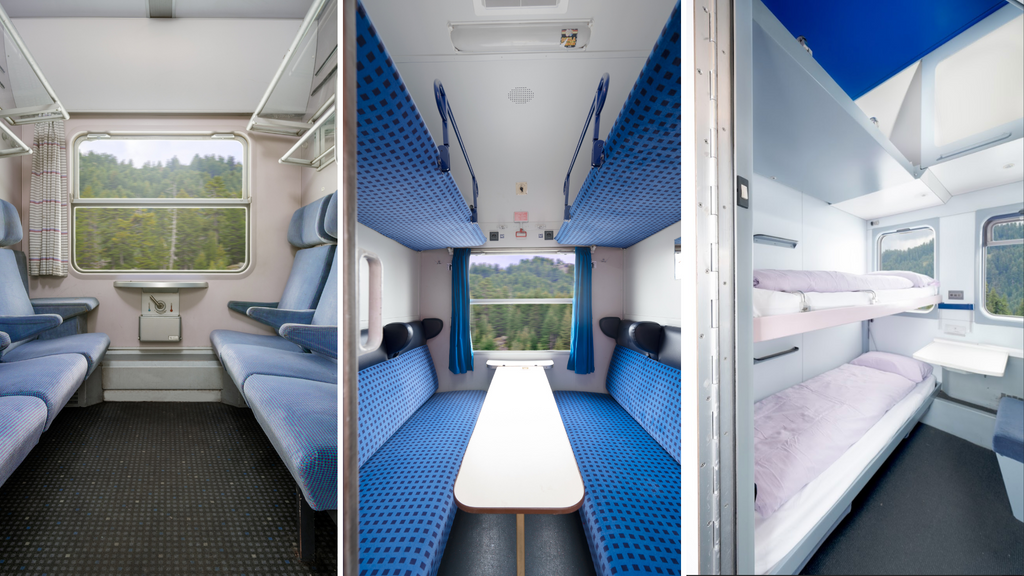
The three compartment options: seats, couchette, sleeper (L-R). Couchettes come with double and triple bunk options. Credit: European Sleeper
Though the top-range sleeper cabins were beyond my budget, I was given a quick tour by the train manager and they were visibly more spacious, featuring personal wash basins (albeit petit) and even have the option to book adjoining cabins that can then become one deluxe suite. These start at €119 for a single berth and have proven hugely popular, booked out for months in advance and proving that the price of comfort is for many worth paying.
For the people, by the people
Demand is certainly strong, with the top-range sleeper tickets sold out for months in advance. Public interest has been remarkable – a promising sign for the company’s plans to extend its services to Prague in 2024. European Sleeper has stated its ambition to launch a new train service each year, though this will depend on whether it can secure the necessary financing.
On this point, the company has so far been successful in large part thanks to the support of enthusiastic individuals – it raised €2 million from around 1,400 small investors following a crowdfunding effort in 2022. The company has also been marked out for an EU pilot project to push international rail travel (it plans a route between Amsterdam and Barcelona in 2025), though this has yet to be matched with subsidies.
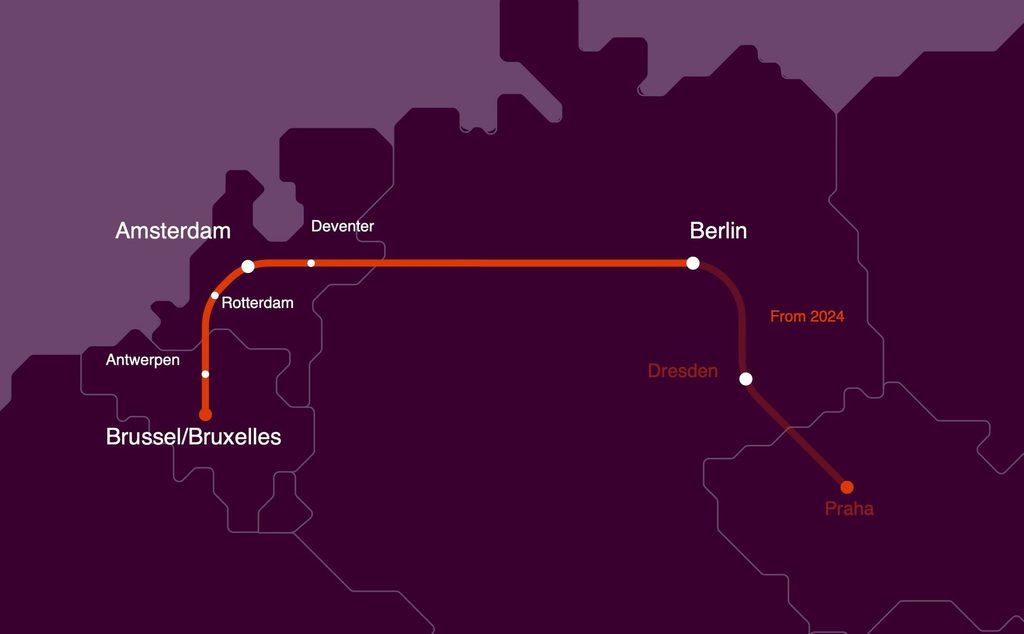
Riding on initial popularity, the Good Night Train will extend to new horizons. Credit: European Sleeper
And it isn’t only the financial backers willing the project to work – the excitement was palpable among the on-board team with staff showing a genuine interest in ensuring the travel experience is pleasant. Not only a friendly presence, staff personally wake passengers disembarking before the final destination (taking care not to disturb the other cabin occupants).
They even served as appreciated guardians of peace and quiet when an animated group of scouts were forgetting their fellow passengers. If ever a group of inebriated revellers caused a stir they would be dealt with efficiently, I was assured.
Winning over the sceptics
The sense that night trains are something rather special is catching, animating passengers to the point that minor inconveniences are forgiven where they would not be on the established lines of transport. The passion and pride of the European Sleeper team was commendable and goes a long way in getting the public behind the vision.
But courtesy to customers and a belief that night trains are the future of mobility in Europe can’t quite disguise the more practical obstacles. Whilst some of us are already sold on the concept, the real challenge is selling it to the sceptics. The carriages date from the 1950s and though orderly, a more modern spec would doubtless enhance the experience – clean sheets and cabin drinks are a welcome touch but no disguise for a hard-worn chassis.
And though my journey (at an especially uninspiring period in northern Europe’s summer) presented no temperature issues, others have questioned the ventilation of carriages – either too hot or too cold.
Given night trains won’t be winning customers for their speed, their comfort has to be unbeatable. If niche nostalgia got the wheels of the night train turning, it must now become a well-oiled machine to achieve the mission of shifting attitudes towards mass travel.

